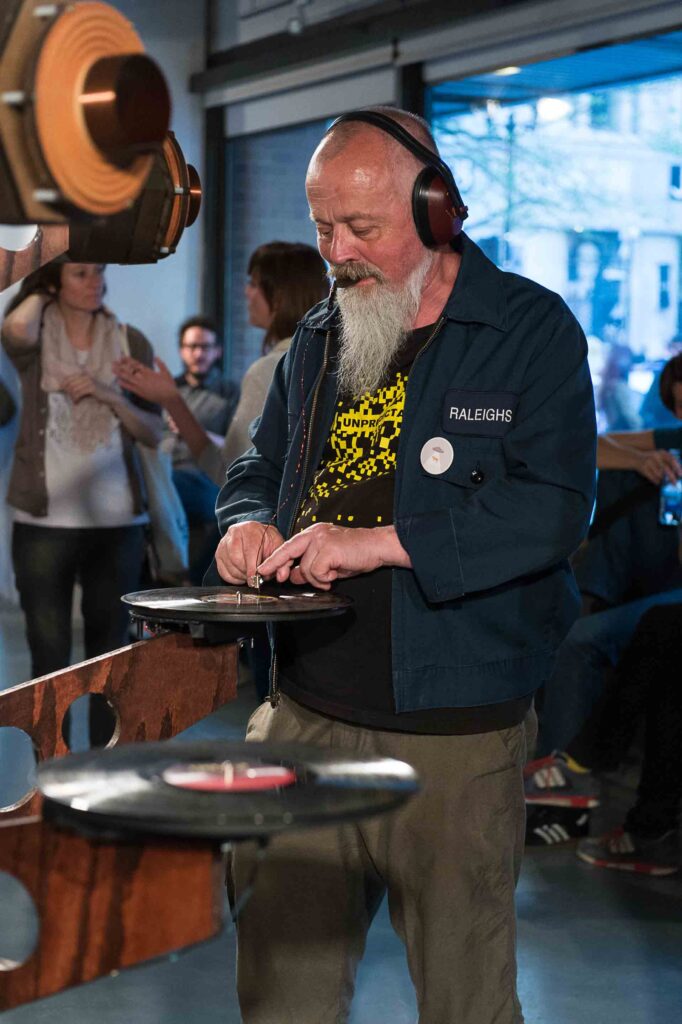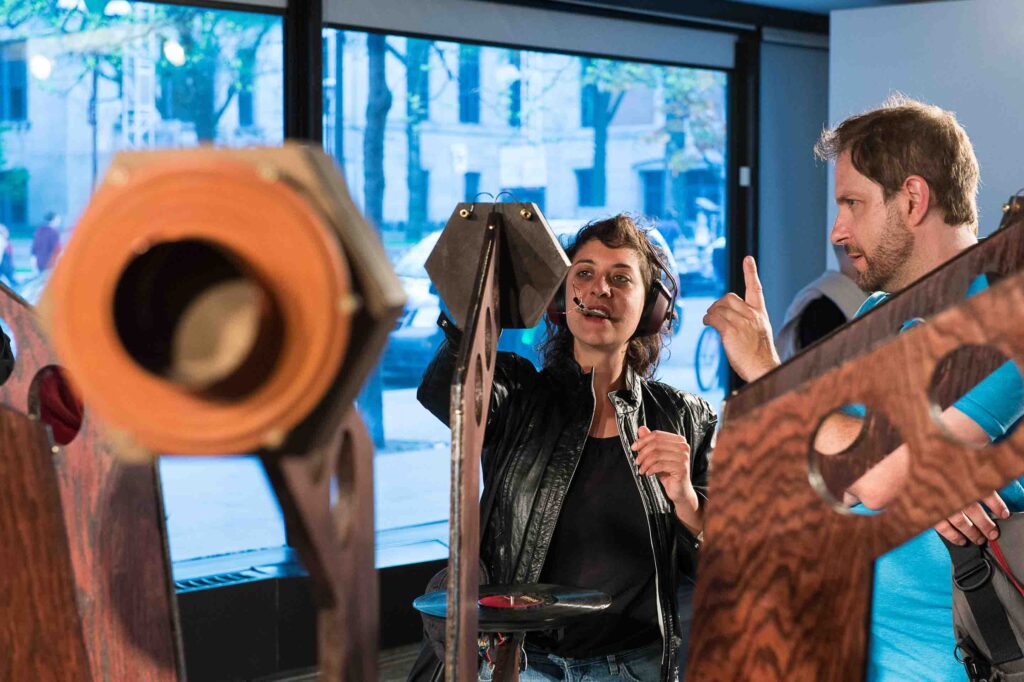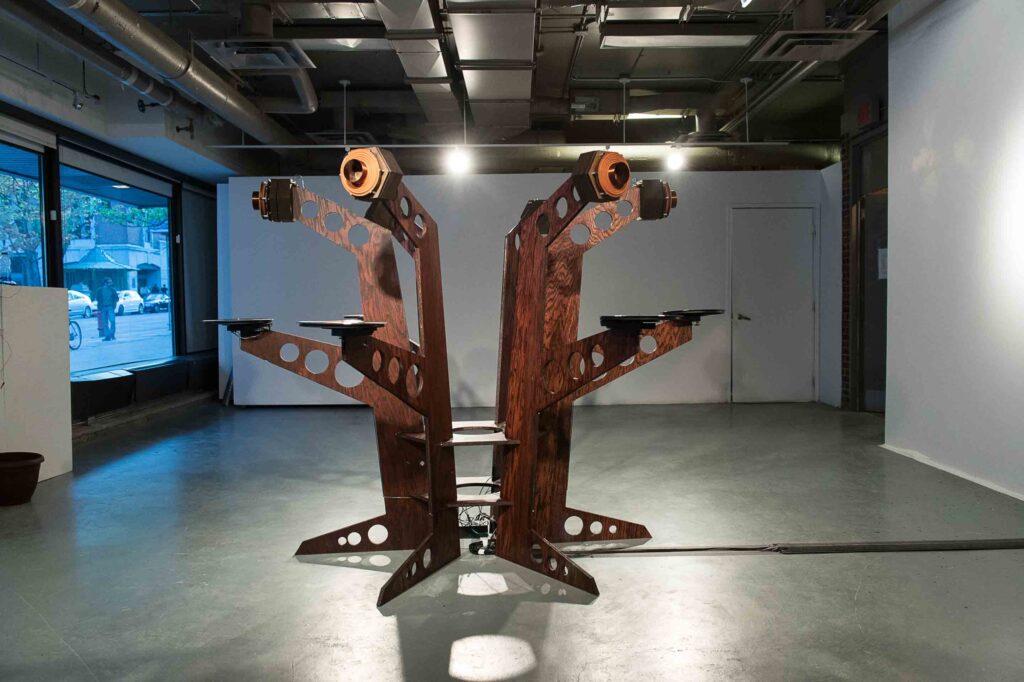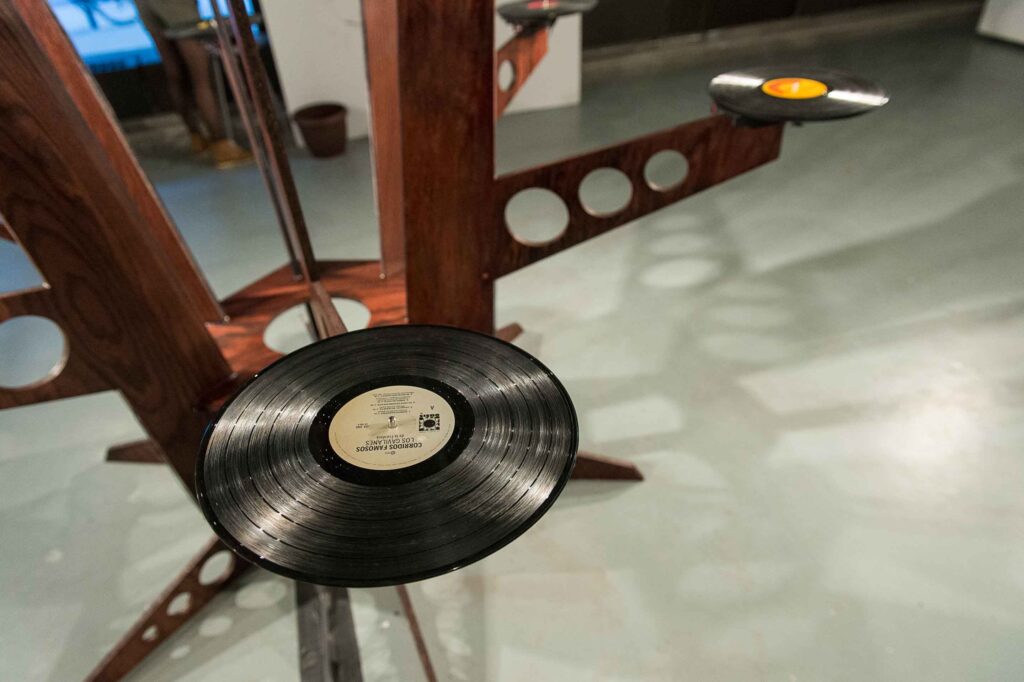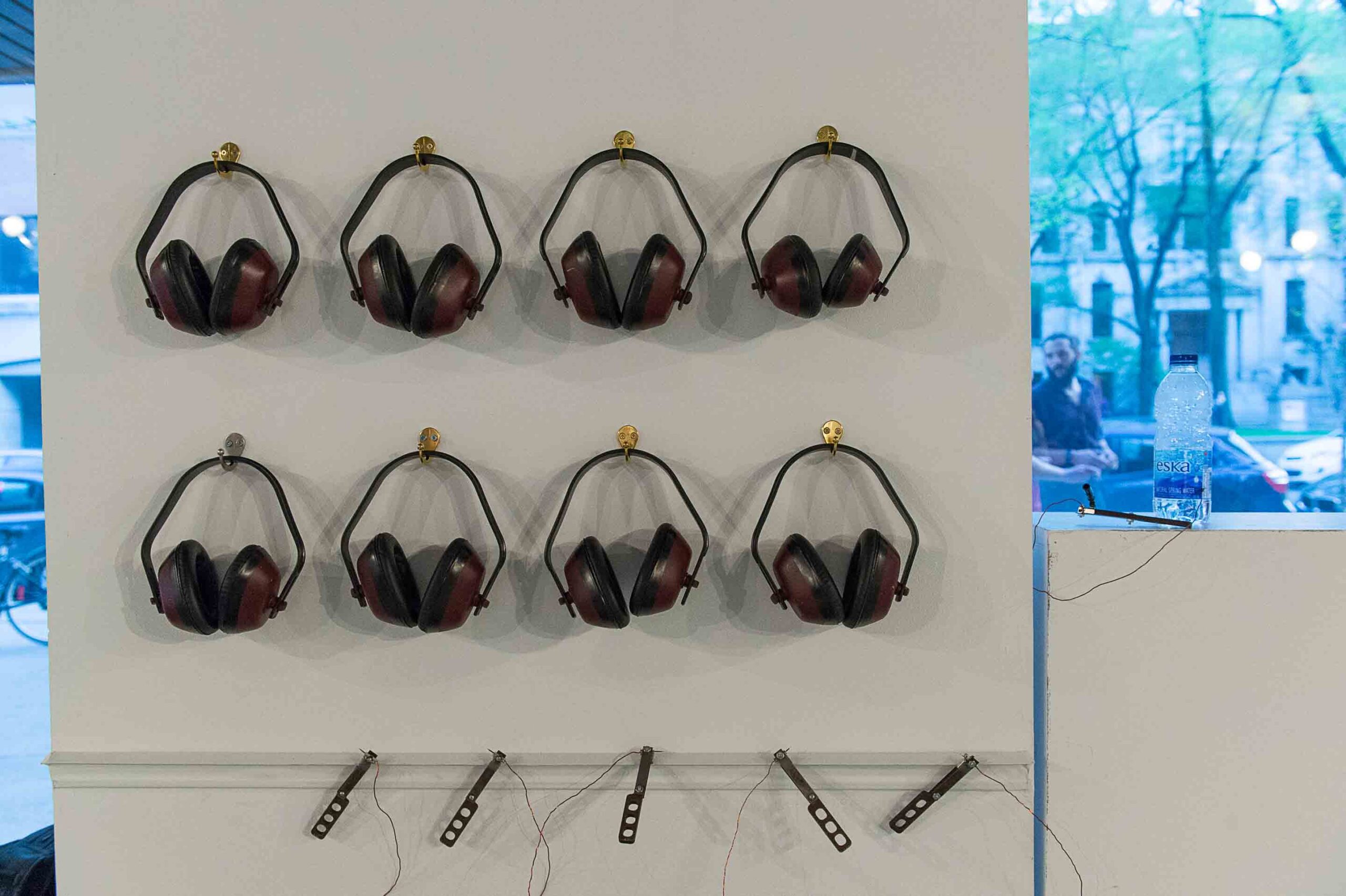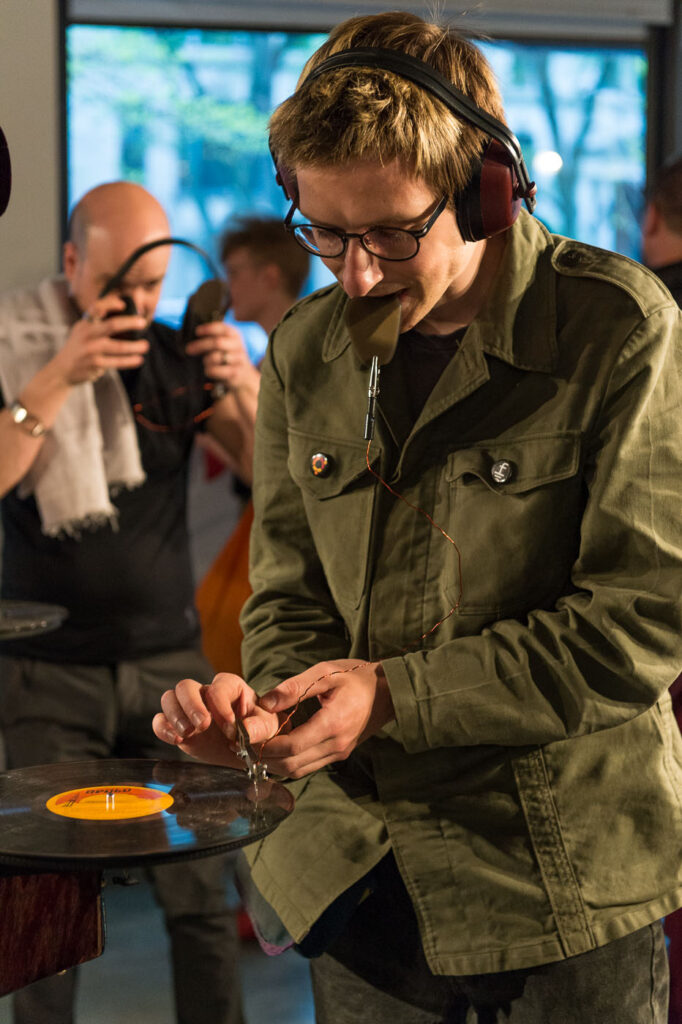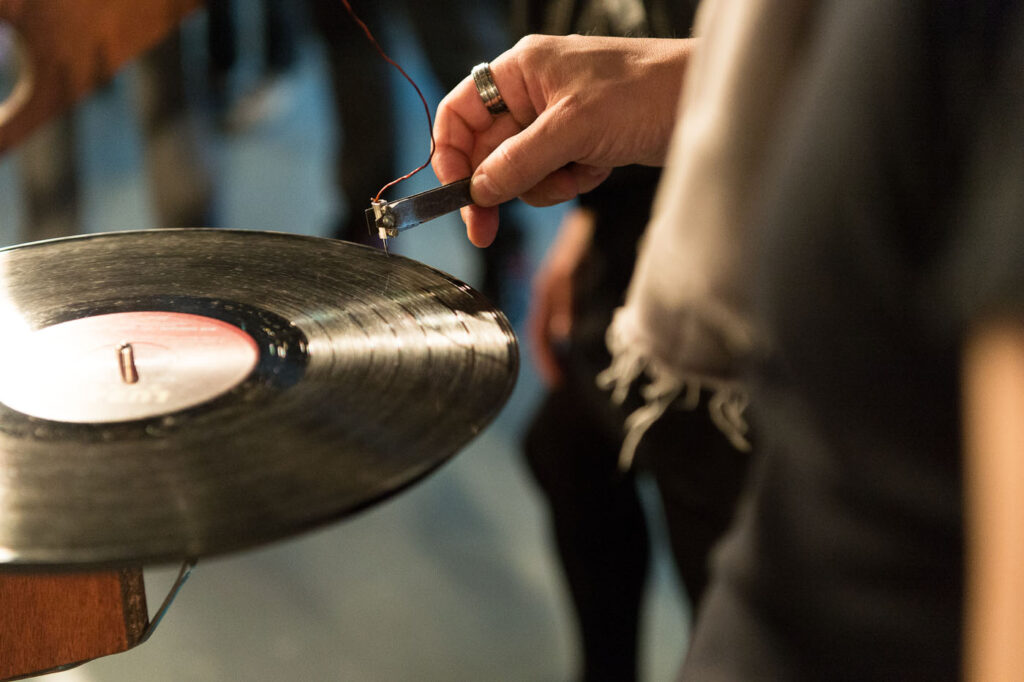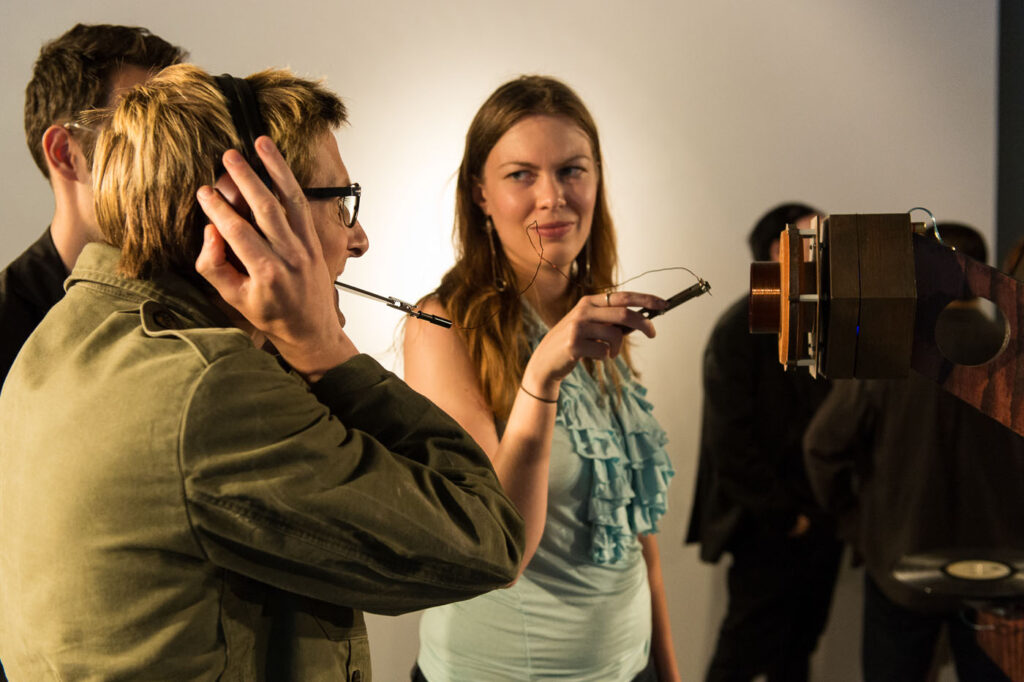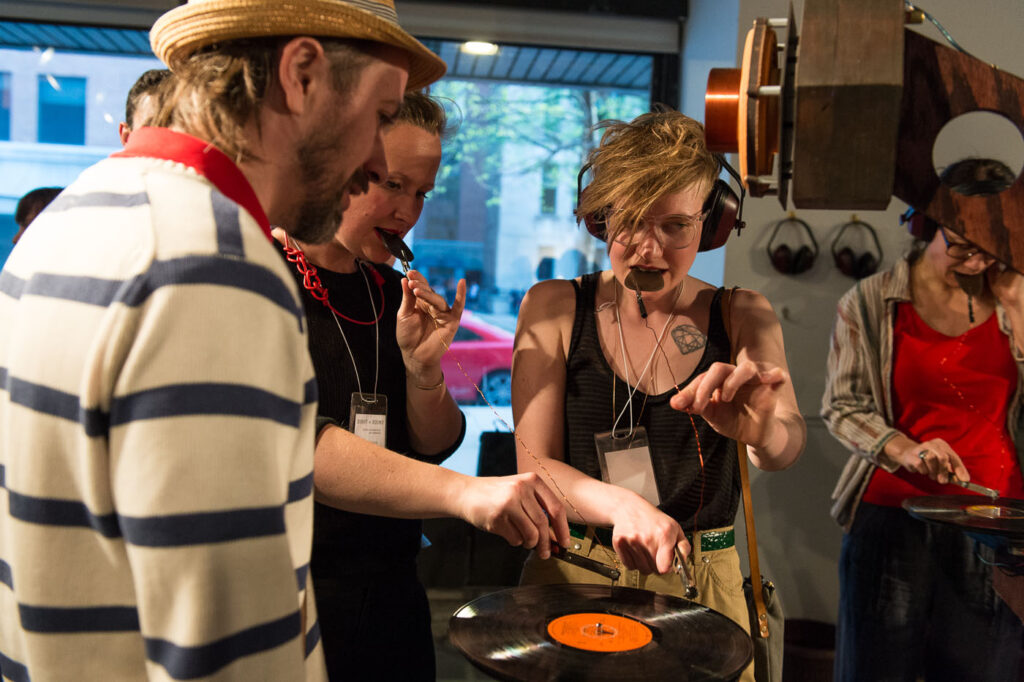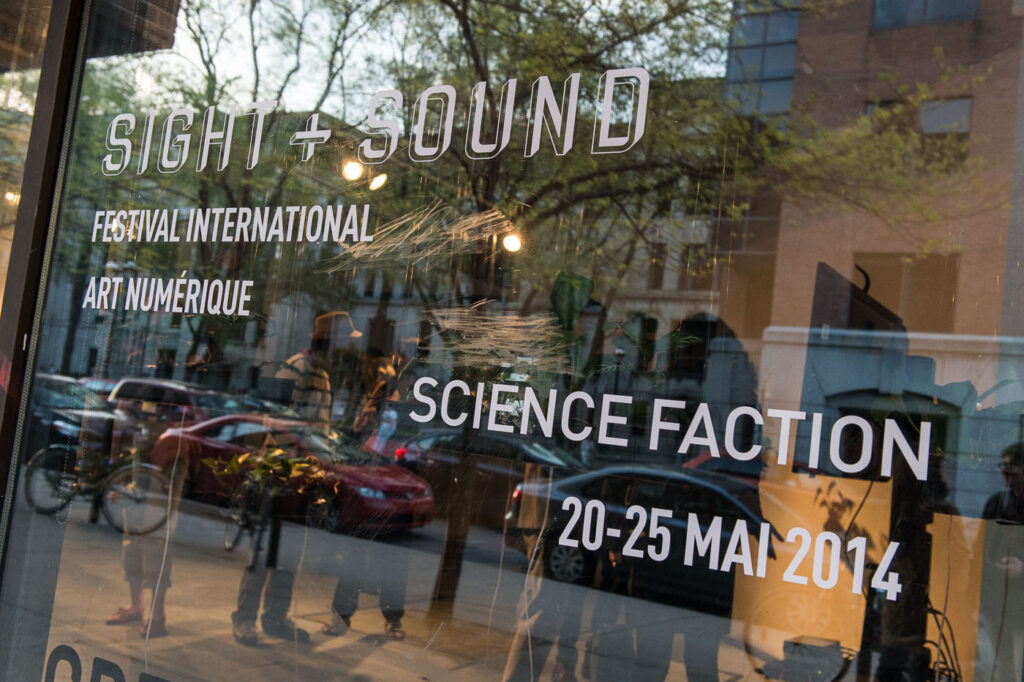- Arcangelo Constanitni 2013
- Comisionada Por El Museo Universitario del Chopo, para la Muestra
- Sonorama. Arte y tecnología del Hi-fi al MP3
- Curadores Daniel Garza-Usabiaga , Esteban king Alvarez
- Produccion /CNC La Metropolitana , apoyo Santiago Itzcoatl
A hexagonal wooden structure holds six arms, each of which holds a turntable with an LP record. Another arm with a coil and the necessary electronics for the system’s operation is placed on top of these. The audience uses noise-canceling headphones and places an acrylic wafer in their mouth, which they bite down on. The wafer has a wire connected to a device with a 78 rpm turntable needle and a neodymium magnet. When the steel needle is placed on the rotating disk, the sound from the grooves is transmitted through the wire, causing the acrylic to vibrate and allowing for bone-conduction of the sound.
When the device is brought close to the coil, a sound recording of the disc as an MP3 file is transmitted to an amplifier connected to the coil. A variable electromagnetic field causes the magnet to vibrate, transmitting this elastic vibration as sound through the wire, the teeth, the bone, and finally reaching the eardrum.
Sound is a vibratory phenomenon transmitted in the form of elastic waves that propagate in solid, liquid, or gaseous matter. Its propagation is due to the transfer of energy and the interaction of these waves with matter.
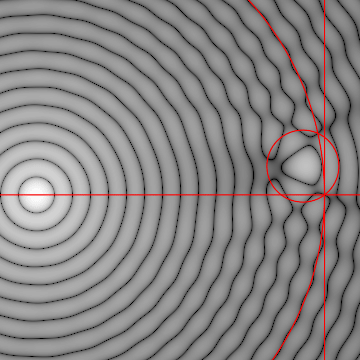
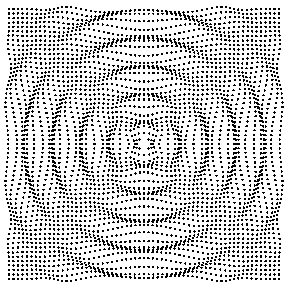
A principle of physics was used by Leon Scott to produce the first sound recordings in history. He invented the PhonoAutograph, an instrument that used a fountain pen connected to a diaphragm. When the diaphragm vibrated, it transmitted this vibration to the pen, which traced the sound waves produced onto paper darkened with the smoke of a lamp. This discovery, made in 1860, could only be heard until the year 2008, thanks to researchers of these documents and algorithms that translated these graphics back into sound.
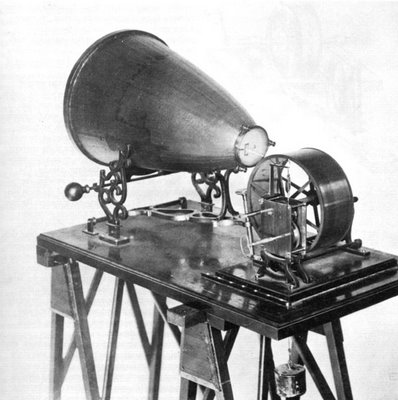

1859-Scott-Diapason-435-Hz.mp3 1859-Scott-Diapason-435-Hz, primer registro sonoro de la historian
In 1877, Thomas Edison patented the phonograph, a system capable of recording sound onto a physical medium through wave-like or groove-like indentations made on a malleable material. To amplify and make them audible, it was necessary to invert the process: a needle caused a diaphragm to vibrate, reproducing the sound. The use of grooves resembled many of the functions of the sound-producing instruments of the time. The generated sound was analog, created by mechanical systems that caused physical matter to resonate in order to transfer this resonance to the air and allow us to hear the sound.
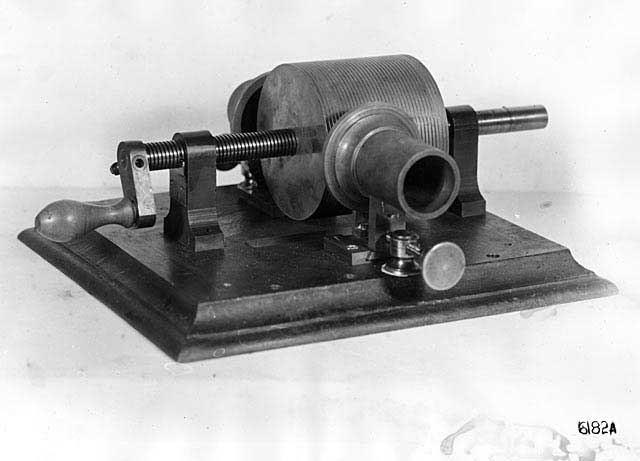
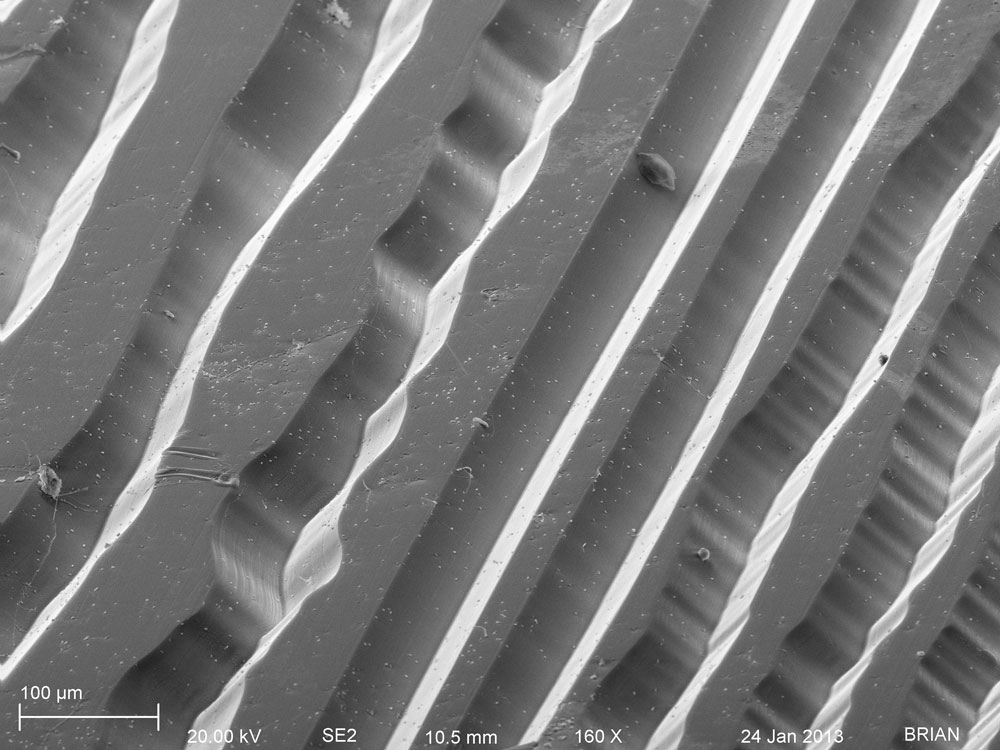
The understanding of sound as a wave that alters the physics of objects is much older.
In 1550, Girolamo Cardano described a listening method in which sound could be transmitted to the ear through a metal plate placed between the teeth. At the same time, Hieronymus Capivacci conducted experiments on bone conduction for medical purposes to study the auditory system. Medical audiology has used and studied bone conduction of sound for many years, inspiring listening through the teeth, acetates and other sounds such as those of tuning forks. John Cage proposed an action, and Beethoven, with his limited hearing, would press his skull against the piano to hear his compositions.
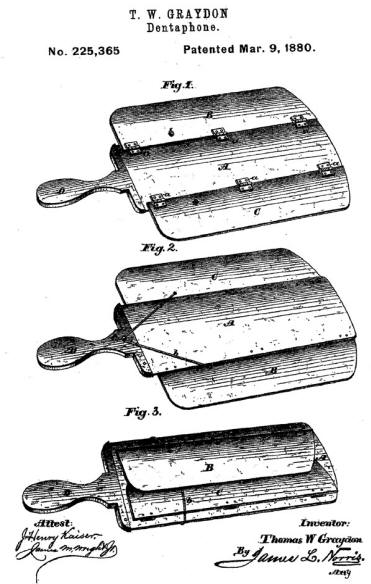
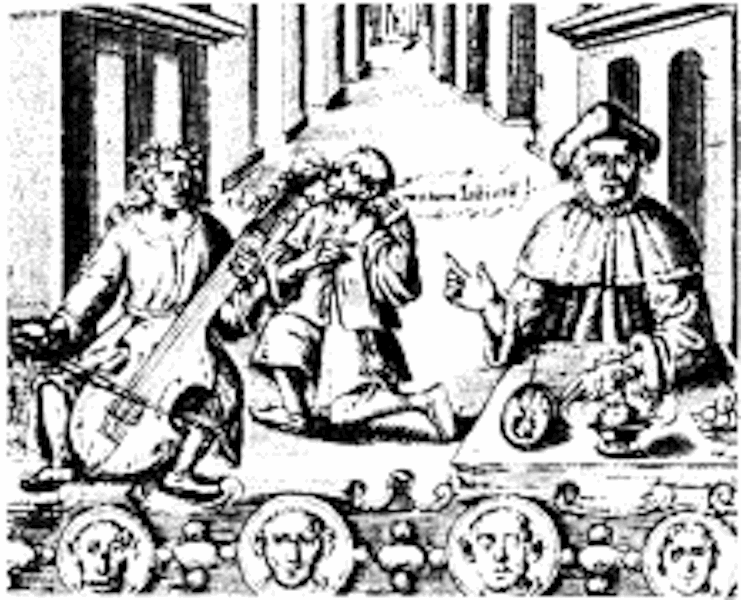
The propagation of sound is much more effective in a solid medium than in air. Understanding the vibratory forces in matter led to the development of technological systems for sound recording.
With the knowledge of electricity and the development of electromagnetism systems, the first horns were built to amplify sound. The horn is made up of a coil wound with copper wire attached to a diaphragm and a permanent magnet. When a variable current flows through the coil, a variable electromagnetic field is generated. When in proximity to a permanent magnet, an oscillation is generated in the membrane. Moving the molecules and atoms in the air produces sound. Similarly, needles that reproduced sounds recorded in grooves began to use the piezoelectric phenomenon and induction to preamplify the sounds recorded on acetate much more subtly.
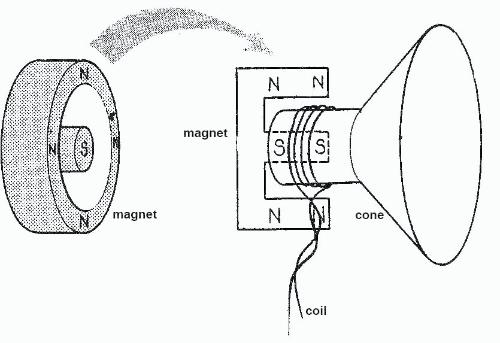
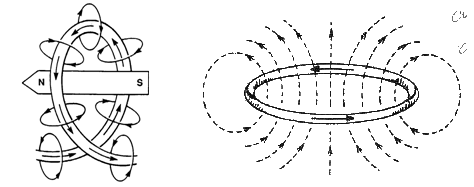
There was a transition from analog sound experience to electrical and electronic. Through the use of these two distinct forces, analog physics and electromagnetic physics, the most extensive impulse in the mass distribution of sound was generated. From Edison cylinders, we moved to discs, from 78 rpm to 33 1/2 rpm in stereo quality and then Hi-Fi (High Fidelity), of which billions of records were produced. For many years, this was the ideal format until the discovery of hysteresis (magnetic memory) and its commercial application, which led to the invention of magnetic wire and then magnetic tape. With the first electronic computing systems and sequencers, the field of electronics was established, leading to the digitalization of data, which has experienced exponential growth. Compression algorithms, such as MP3, were developed for the mass distribution of music, not for its quality.
There is currently a debate about formats and the quality of recorded sound, a debate between electronic, analog, and digital, between tape, disc, or chip.
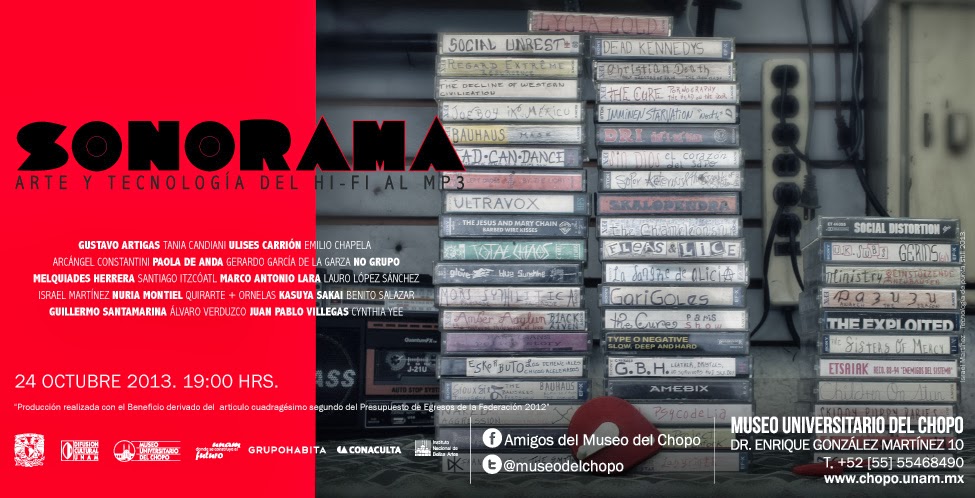
campo de surcos / surcos de campo
Each of the six LP discs in the selection will be recorded in MP3 format. When the needle is brought closer to the coil magnet, the corresponding record will be played. Due to the use of the discs by users, they will suffer damage and wear, which will be recorded as new grooves. At the end of the exhibition, each disc will be digitized again.
The memory of matter and binary data are key elements in the auditory experience, physical perception, and psychological understanding and enjoyment of sound.
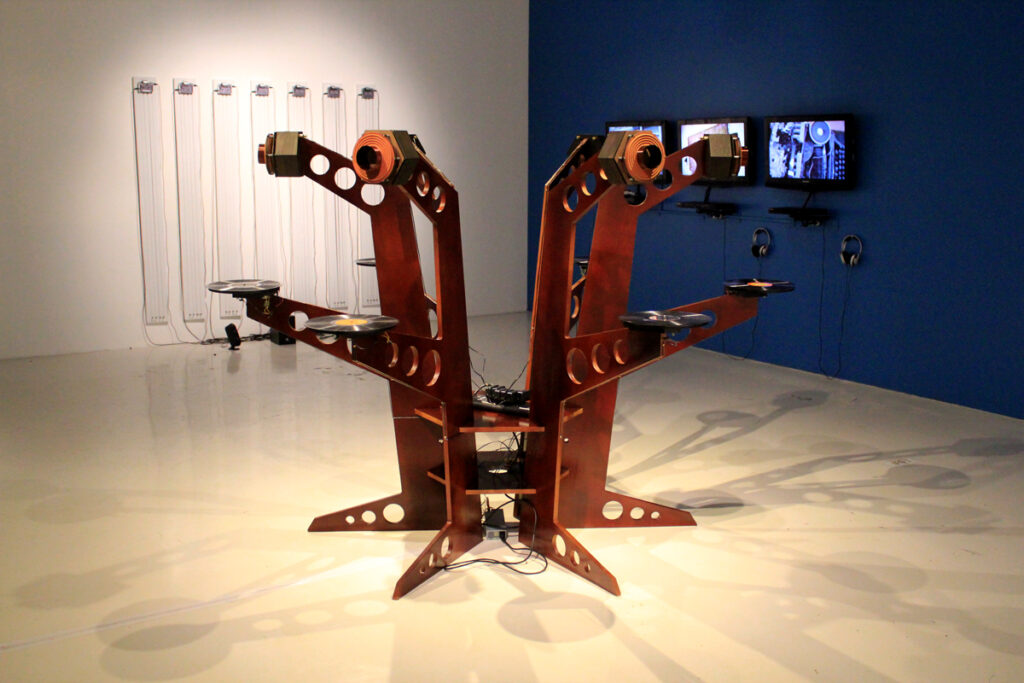
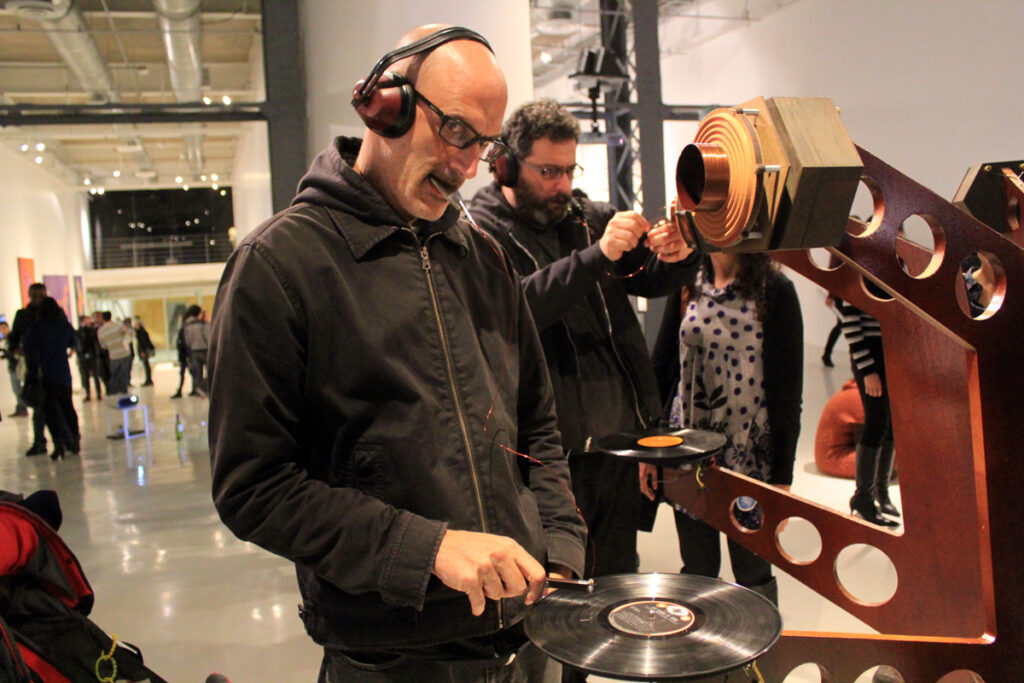
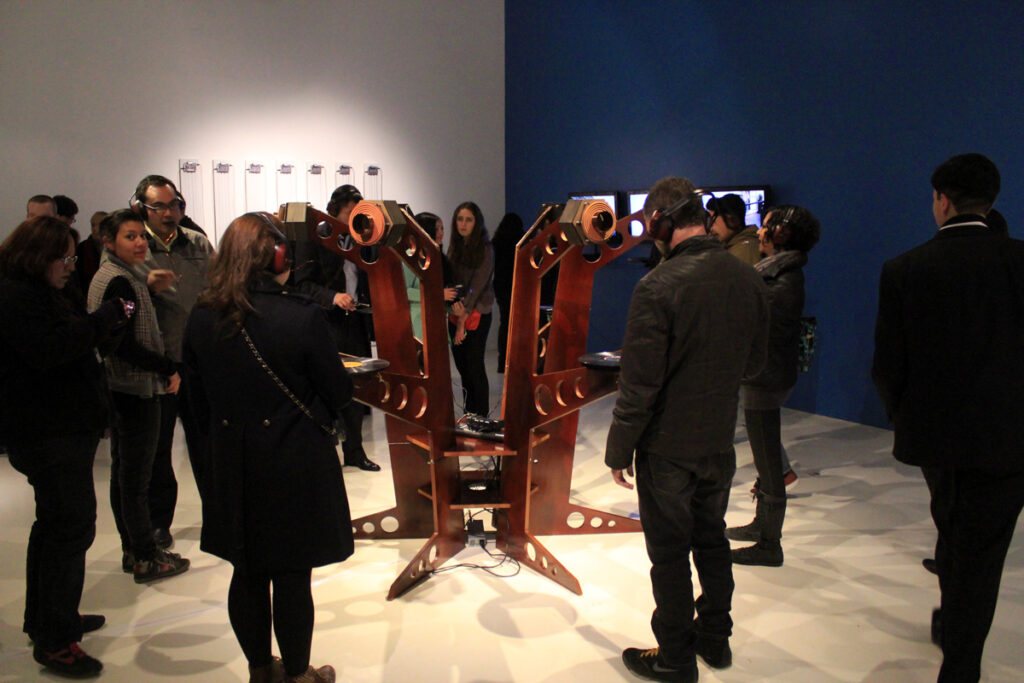
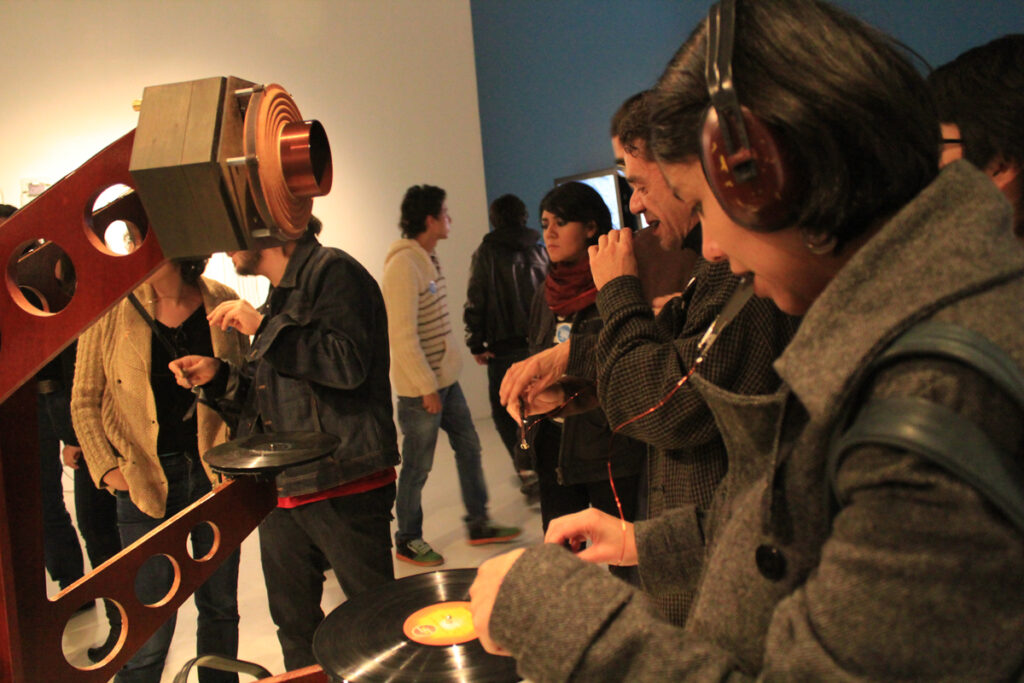
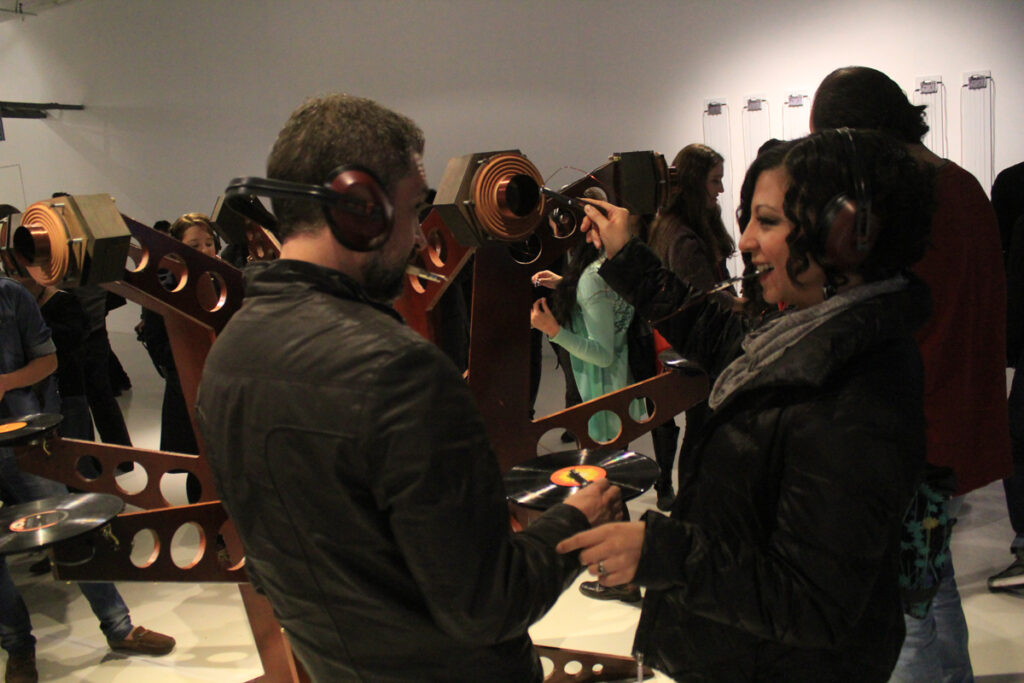
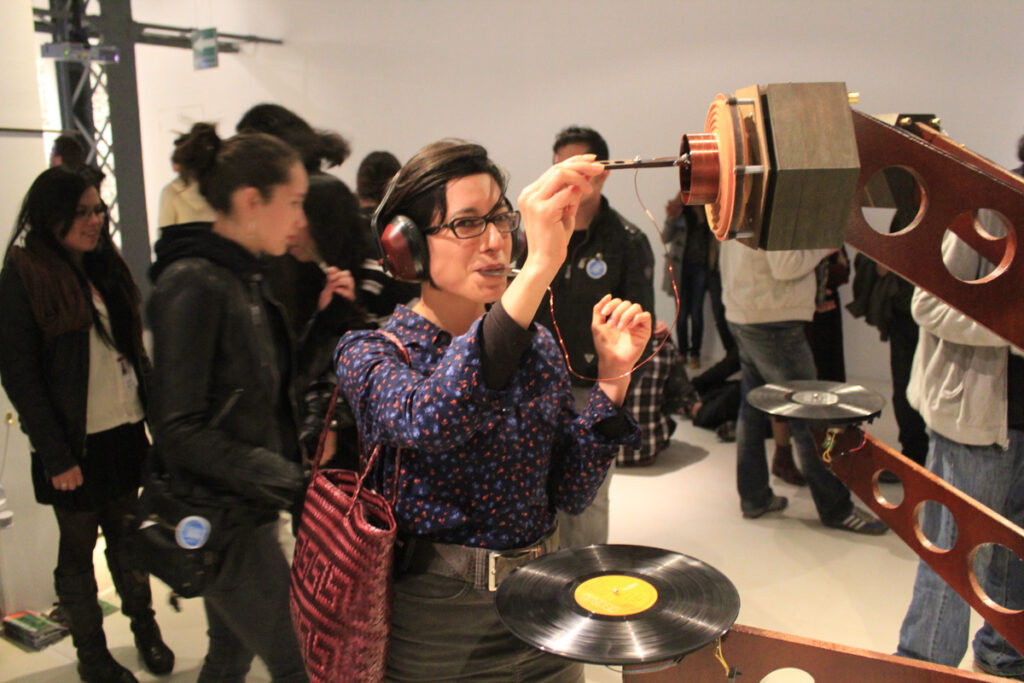
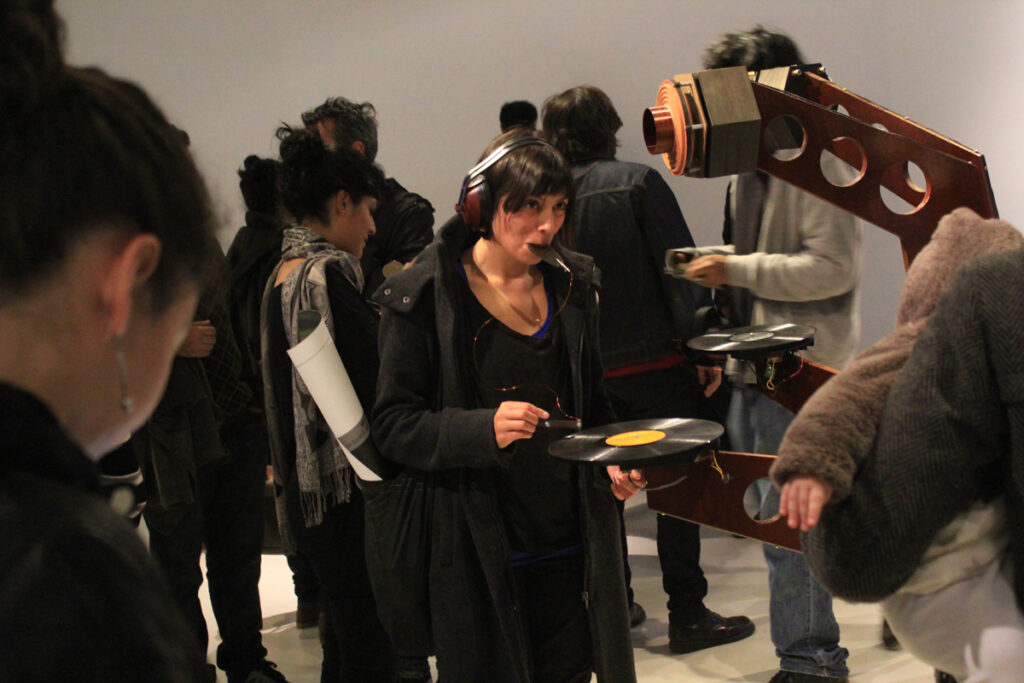
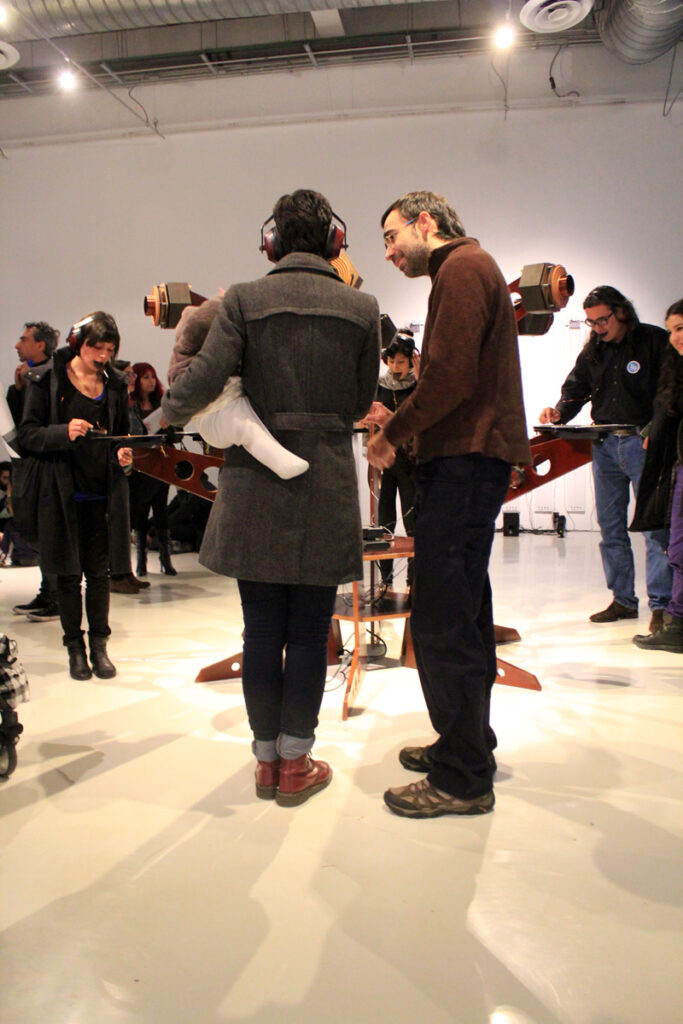
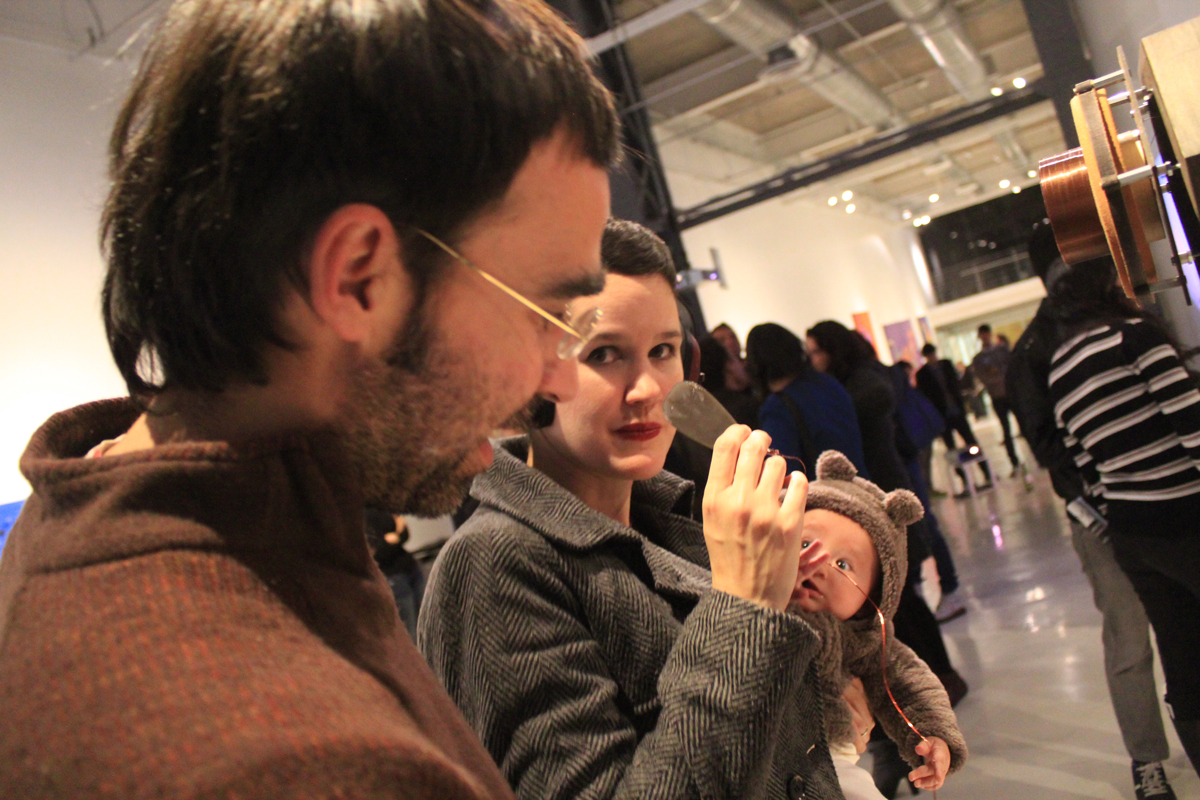
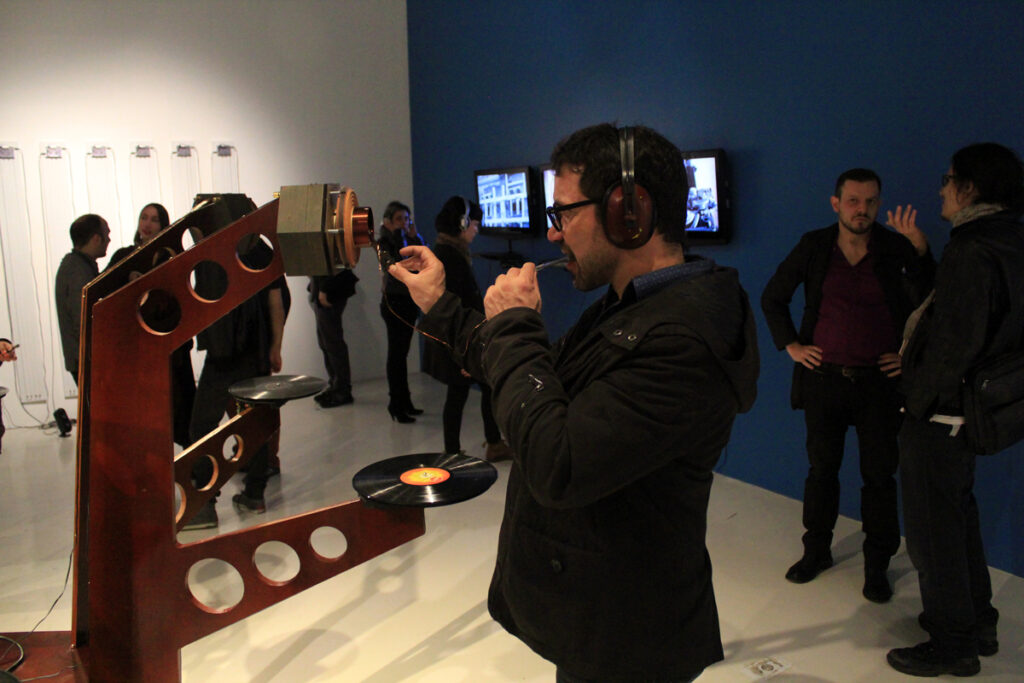
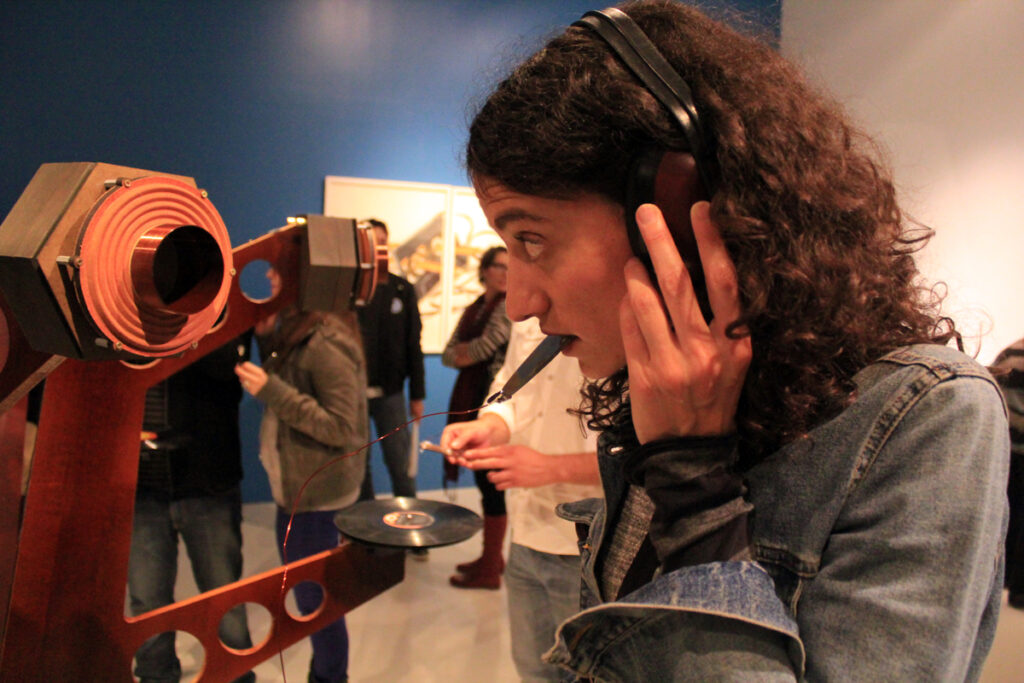
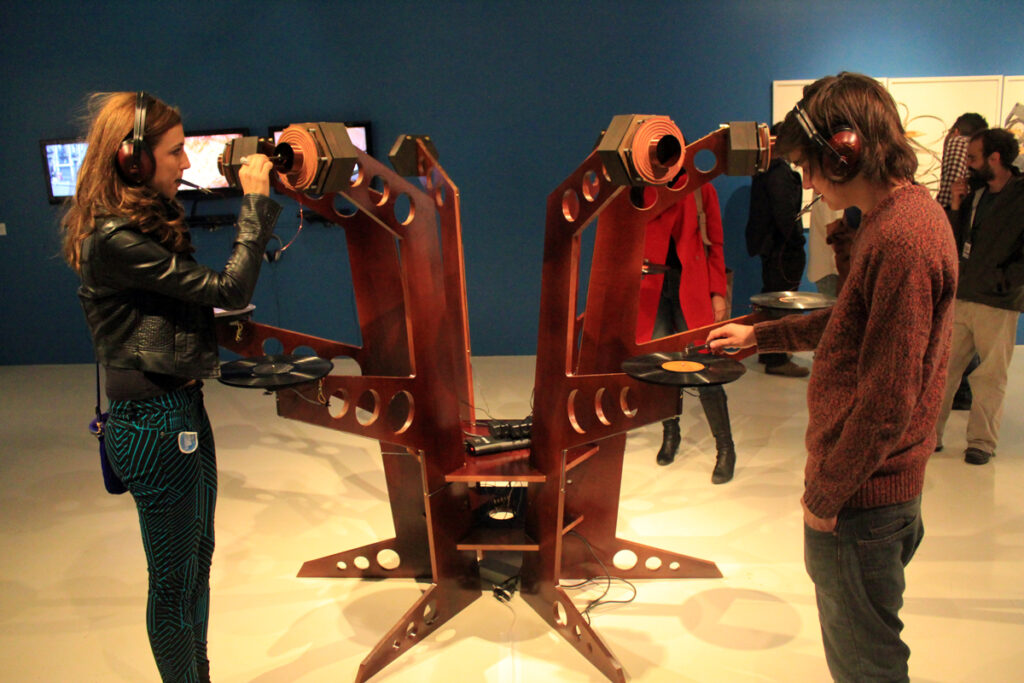
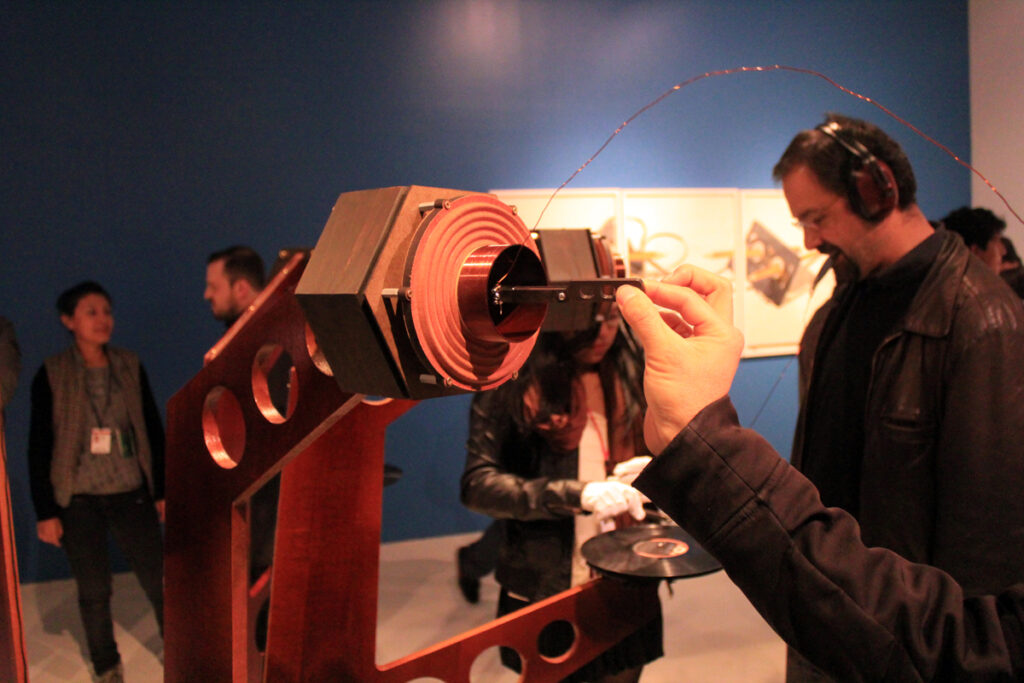
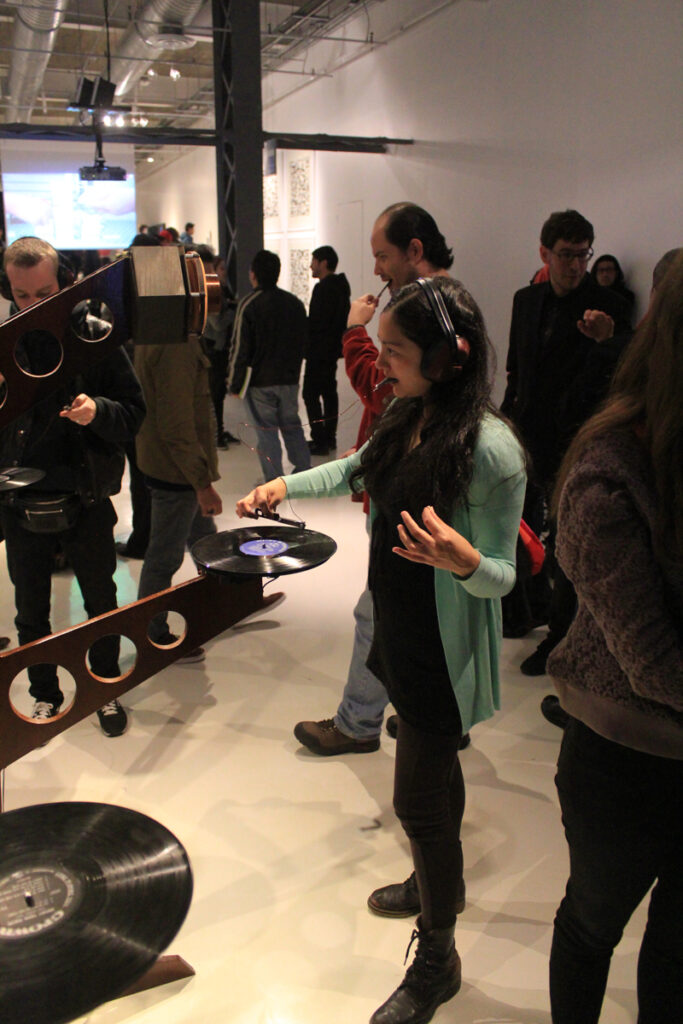
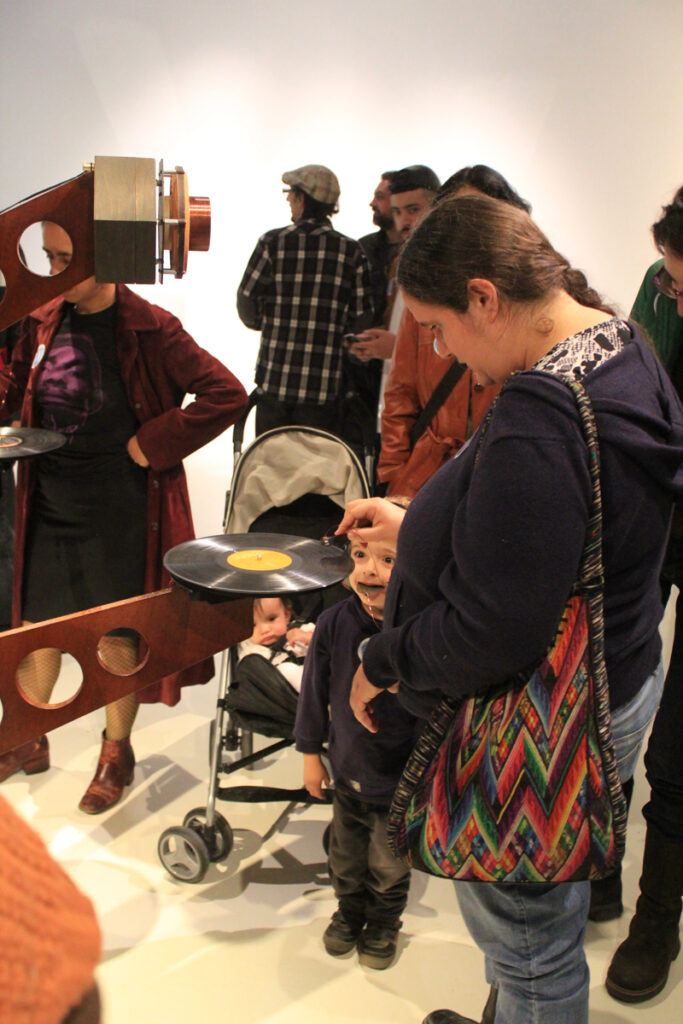
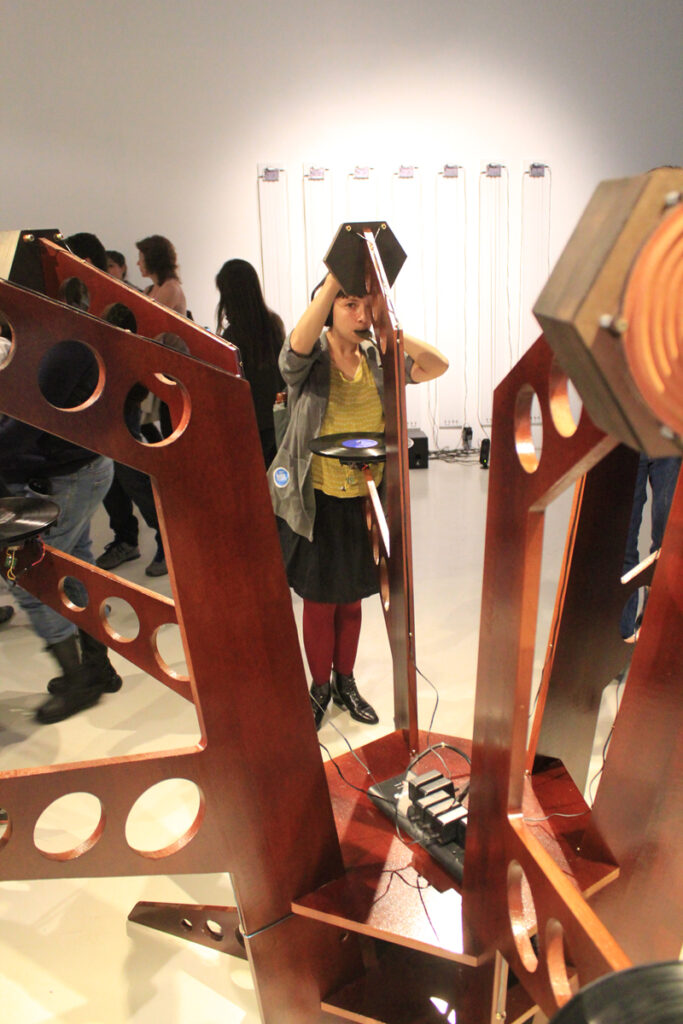
Groove field / Field groove
Fernando Vigueras
The convergence of approaches, methods, and disciplines that surround Arcángel Constantini’s artistic practice situates his work in a complex territory to articulate. On one hand, it is inevitable to find in each of his works a network of reflections that trigger diverse lines of thought, formulations, and dissertations about technology and its impact on different perceptible processes. The artist investigates and generates correspondences with the environment and the way specific elements interact within diverse contexts: from an application for a tablet to the development of a system of artifacts that interact with the environment by controlling the pollution level of lakes (to name two essentially distant yet interconnected records). An important part of Constantini’s polyhedral production shows an interest in the physical nature of sound, understood as a flow of energy that can move and spread through different material elements with which it interacts. The propagation of this sound flow and the process involved in its physical representation and possible expansive diffusion has become one of the most interesting social phenomena in the history of contemporary culture. Groove Field / Field Groove is a piece that studies the coding, processes, and behaviors generated from the transit of sound diffusion technologies, exploring different sound reproduction formats. At the same time, the piece shows the deterioration of audio quality generated by the massive consumption of sound reproduction devices, a direct allusion to the socialization rituals established in the transmission of information through oral tradition and the self-absorption that demands listening to music through an iPod in the immediate context. To what extent have we been aware of the place that sound occupies in our environment? Could a different dimension of public space be defined or established in relation to the interaction that is had with sound matter? What elements shape and define the collective sound imaginary, and how much has it been worn down with the use and accumulation of information? What kind of information are we accumulating?
SIGHT & SOUND: SCIENCE FACTION
6th EDITION – INTERNATIONAL FESTIVAL – DIGITAL ART / Eastern Bloc, Montreal Quebec
